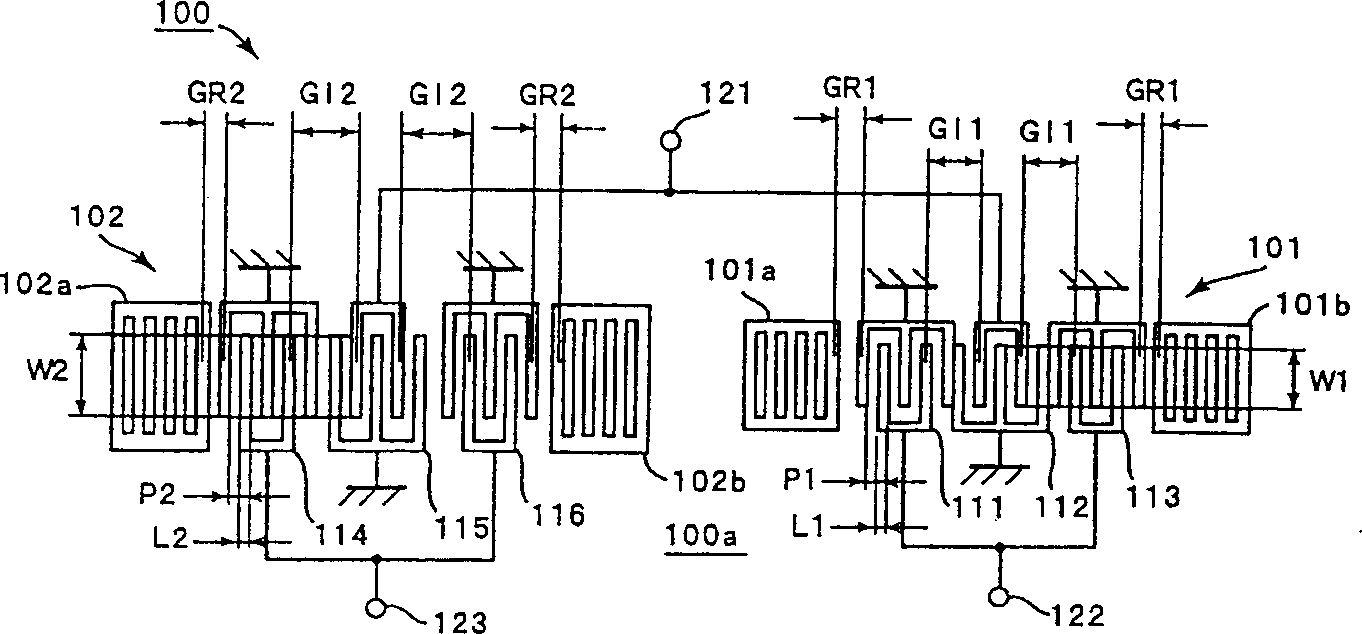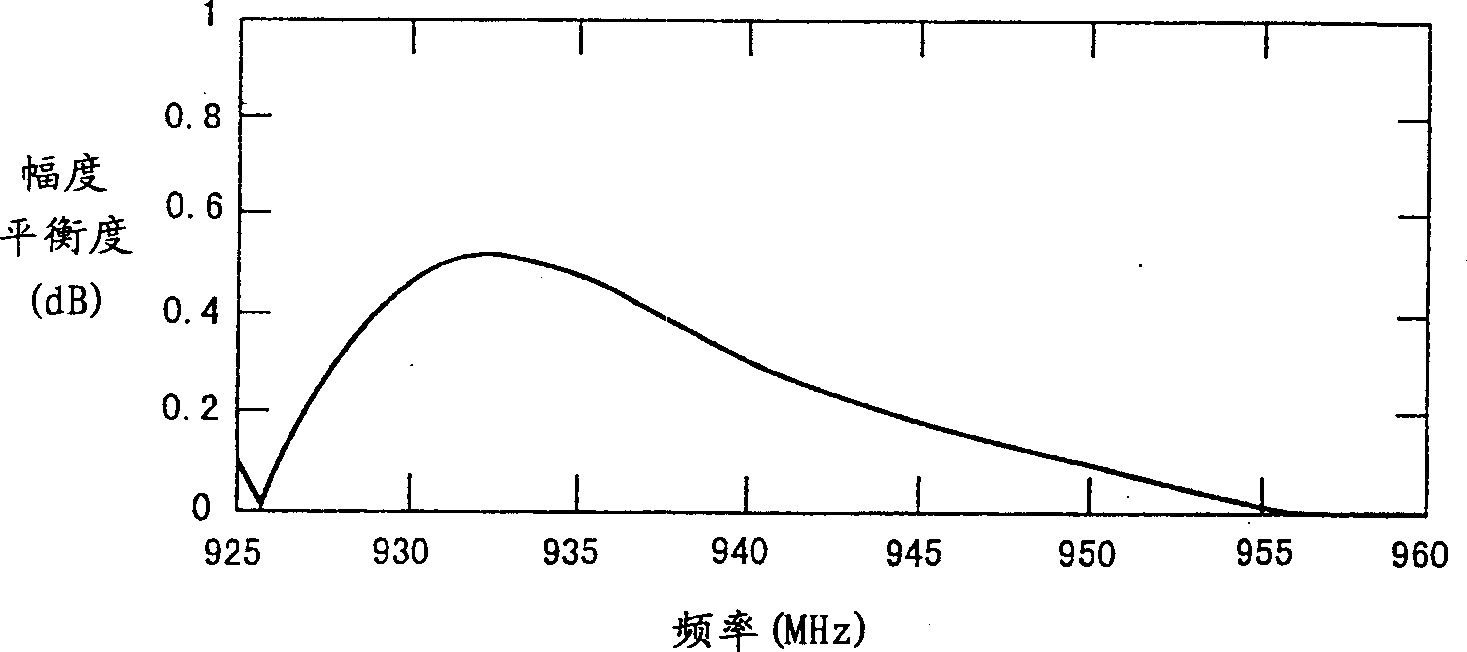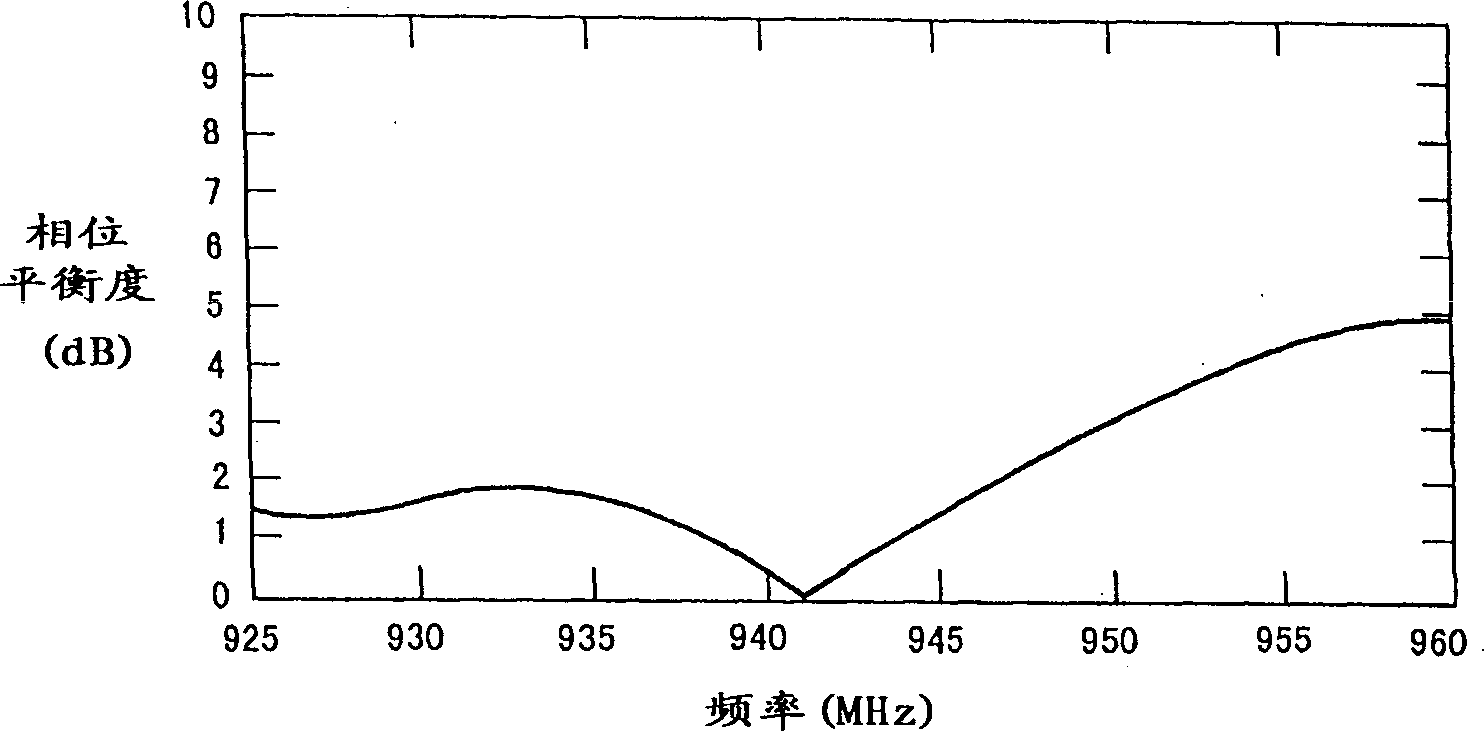Acoustic surface wave filter device
A surface acoustic wave filtering and surface wave filter technology, which is applied to electrical components, impedance networks, etc., can solve problems such as the difficulty of reducing the size, the increase in the size of the surface acoustic wave filter device 500, and the increase in the cost of the surface acoustic wave filter device. , to achieve the effect of improving the phase balance
- Summary
- Abstract
- Description
- Claims
- Application Information
AI Technical Summary
Problems solved by technology
Method used
Image
Examples
Embodiment Construction
[0058] Referring to the accompanying drawings, the present invention will be discussed in terms of certain preferred embodiments of the surface acoustic wave filter device of the present invention.
[0059] figure 1 is a schematic plan view of the surface acoustic wave filter device according to the first preferred embodiment of the present invention.
[0060] By preparing on the piezoelectric substrate 100a such as figure 1 With the electrode structure shown, a first surface acoustic wave filter element 101 and a second surface acoustic wave filter element 102 are provided in the surface acoustic wave filter device 100 . In this preferred embodiment, the first surface acoustic wave filter element 101 has first IDT111 to third IDT113 arranged along the surface acoustic wave propagation direction, and the second surface acoustic wave filter element 102 has The transmission direction is set from the first IDT114 to the third IDT116. In addition, in the first surface acousti...
PUM
 Login to View More
Login to View More Abstract
Description
Claims
Application Information
 Login to View More
Login to View More - R&D
- Intellectual Property
- Life Sciences
- Materials
- Tech Scout
- Unparalleled Data Quality
- Higher Quality Content
- 60% Fewer Hallucinations
Browse by: Latest US Patents, China's latest patents, Technical Efficacy Thesaurus, Application Domain, Technology Topic, Popular Technical Reports.
© 2025 PatSnap. All rights reserved.Legal|Privacy policy|Modern Slavery Act Transparency Statement|Sitemap|About US| Contact US: help@patsnap.com



